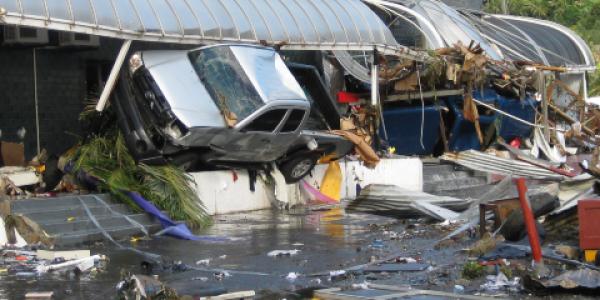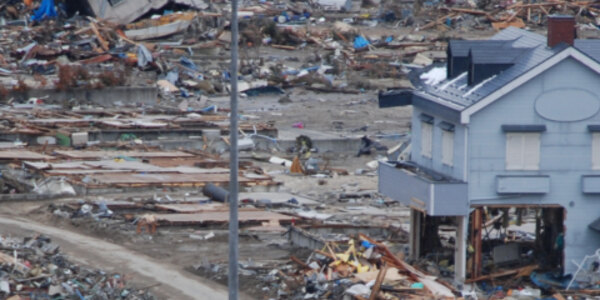
José Argomedo, a farmer living outside Maullín, Chile, was out riding his horse on May 22, 1960, when he felt the earth begin to shake. Nearing the height of the Cold War, Argomedo initially mistook the rumblings as the beginning of a nuclear war. But that shaking was actually the beginning of a magnitude 9.5 earthquake, the largest ever measured.
While Argomedo was lucky enough to stay on high ground during the hours that followed, many nearby residents were not. In the Chilean areas of Maullín, Quenuir, and La Pasada alone, at least 122 people lost their lives in the ensuing tsunami. The number of deaths in Chile associated with both of these catastrophic events is uncertain but has been estimated between 490 to 5,700.
Record-Breaking Catastrophe
The magnitude 9.5 Chilean earthquake in 1960 was the largest earthquake ever instrumentally recorded. The series of earthquakes that followed ravaged southern Chile and produced one of the longest ruptures ever reported.
Sinking of the ground due to the earthquake, known as subsidence, produced local flooding in Chile. This permanently altered the shorelines of much of the area in Chile impacted by the earthquake, rendering all marine navigational charts of the affected areas obsolete.
The main shock from the earthquake generated a tsunami that was not only destructive along the coast of Chile but also caused numerous casualties and extensive property damage as far away as Hawaii, Japan, and the Philippines. Waves were observed throughout the Pacific Ocean basin. Damages were also reported in Tahiti (French Polynesia), New Zealand, American Samoa, Alaska (USA), and Kamchatka (Russia). Additionally, tide gauges recorded waves in the Atlantic Ocean, as well as the Indian Ocean, making it the first globally recorded tsunami.
In Hawaii, the tsunami caused 61 deaths and 43 injuries, while two deaths took place on the West Coast of the United States. The tsunami hit the Pacific coast of Japan almost a day after the earthquake struck Chile, causing deaths and destroying almost 3,000 houses. In the Philippines, the tsunami killed at least 21 people.
The Cost of Disaster
The economic impacts of earthquakes and tsunamis can be devastating . The Chilean government estimated that nearly two million people became homeless and over 58,000 houses were completely destroyed. The damage from the earthquake and tsunami totaled more than $550 million U.S. dollars.
In Hawaii, the tsunami created over $23.5 million U.S. dollars in damage and the U.S. West Coast suffered an additional $1 million in damages.
The Future of Tsunami Preparedness
The global extent of this tsunami led to the creation of the Pacific Tsunami Warning and Mitigation System in 1965. Today, the U.S. Tsunami Warning System includes the National Tsunami Warning Center and Pacific Tsunami Warning Center that forecast wave heights and arrival times of tsunamis as they cross the ocean.
An effective tsunami warning system relies on the free and open exchange and long-term management of global data and science products to mitigate, model, and forecast tsunamis. NCEI is the global data and information service for tsunamis. Global historical tsunami data, including more information about the 1960 Chilean earthquake and tsunami, are available via interactive maps and a variety of web services.
For more information on how to prepare for a tsunami, visit the National Tsunami Hazard Mitigation Program. Also, visit NCEI’s Natural Hazards website for earthquake and tsunami data, images, and educational materials.



